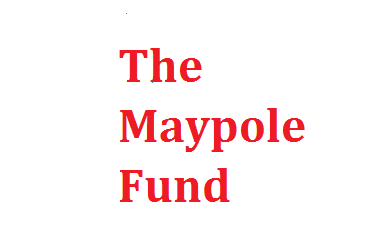- Six Reasons To Bring Millets To The Market!
- Hong Kong Court Makes Landmark Ruling Protecting Transgender Rights
- Substrate Promiscuity Of Fungi Generated Enzyme Laccase Shows Potential In Degrading Industrial Dye Effluents
- Union Minister Of Rural Development Holds A Meeting On ‘Cactus Plantation And Its Economic Usage’
- Ministry Of Tribal Affairs Organised One Day Mega Health Camp ‘Abua Bugin Hodmo-Our Better Health’ At Saraikela Kharsawan, Jharkhand
- Blue Flag Standards For Beaches In The Country
- India-Namibia Sign An MoU On Wildlife Conservation And Sustainable Biodiversity Utilization
- Hydrophobic Ingredients, In Combination With Obsolete Antibiotics, Can Counter Multidrug-Resistant Bacteria
- Promoting Cultivation Of Kala Namak Paddy
A new PPP model for smallholder agriculture
Posted by: 2016-05-27 03:41:48 ,By Raj Kumar
While a lot of media attention has focused on rural distress arising from back-to-back droughts, even linking these to policy distortions encouraging water-guzzling cropping practices, there hasn?t been much reporting on certain basic changes in India?s agricultural landscape over the past two decades. The most obvious reason being their gradual pace, unlike natural calamities like droughts and hailstorms that are sharp, pointed events with instant news value.
Of the most significant changes is the composition of farm produce. About two decades ago, some three-fourths of the value of India?s agricultural GDP was constituted by staples like cereals, pulses and oilseeds. But today, that share has diminished to a fourth; the balance is largely accounted for by so-called high value agriculture (HVA) produce that include horticulture, livestock, fisheries and fibres.
- See more at: http://indianexpress.com/article/business/business-others/a-new-ppp-model-for-smallholder-agriculture-2819423/#sthash.Aoh7O6KZ.dpuf
Read more: Click Here
You may like similar news
.jpg)
Rameshwaram Cafe founder reacts to raid in viral video. X interprets his body language: 'Apology or warning?'
Rameshwaram Cafe co-founder Raghavendra Rao said the eatery uses premium ingredients and raw materia...
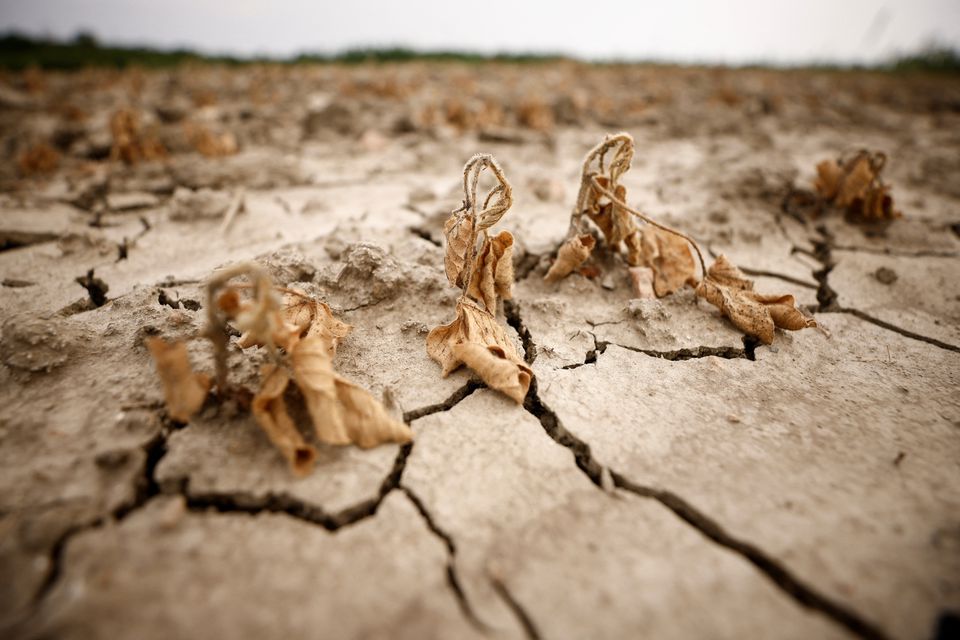
Italy's drought-hit farmers face sea water threat
SCARDOVARI, Italy, June 29 (Reuters) - The worst drought in 70 years has meant salt water from the A...
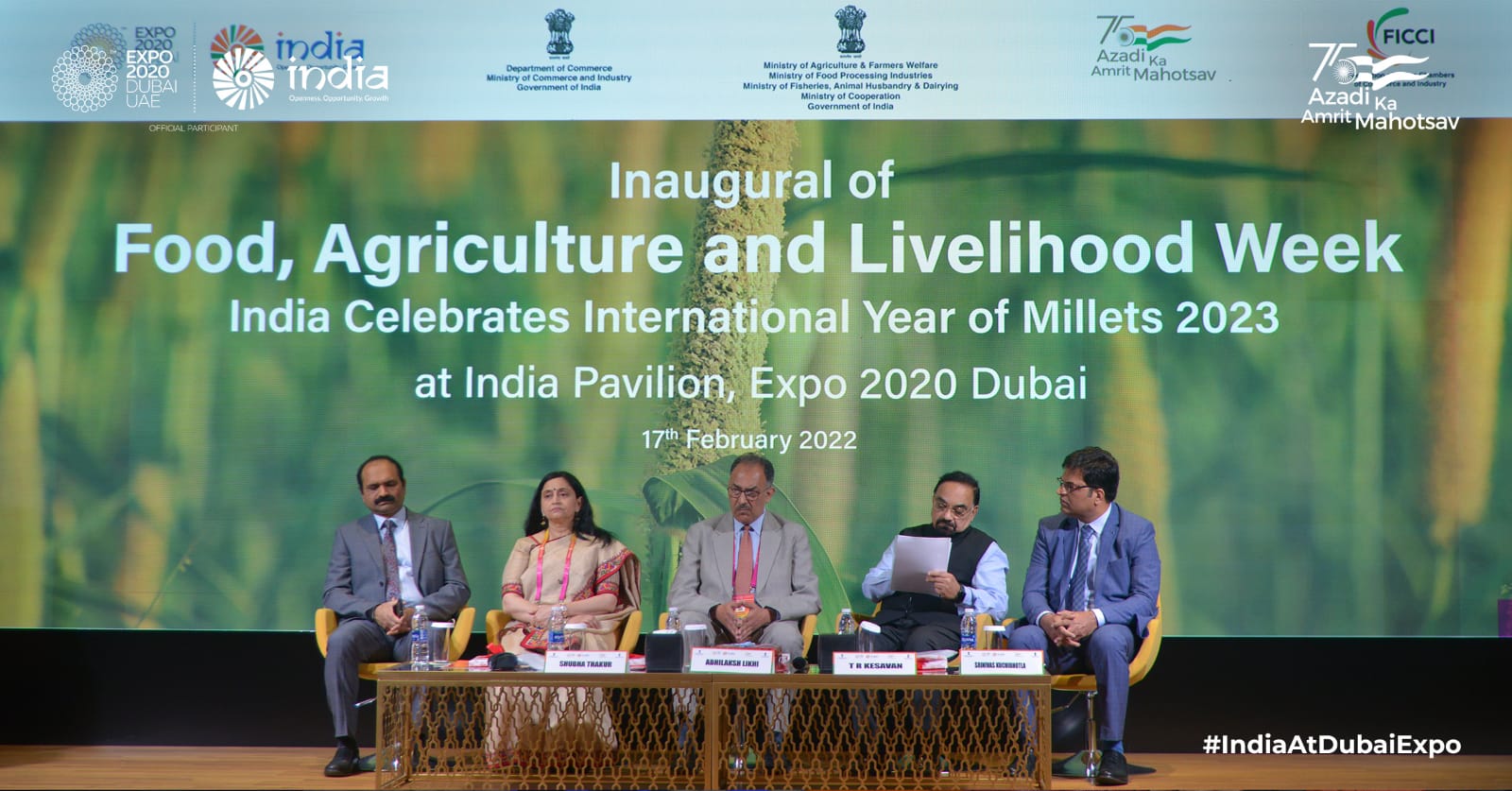
India Invites Startups and FPOs to Capitalise on Agri and Food Processing Policies at EXPO2020 Dubai
As part of India’s efforts to showcase the country’s investment-friendly policies and growth opp...
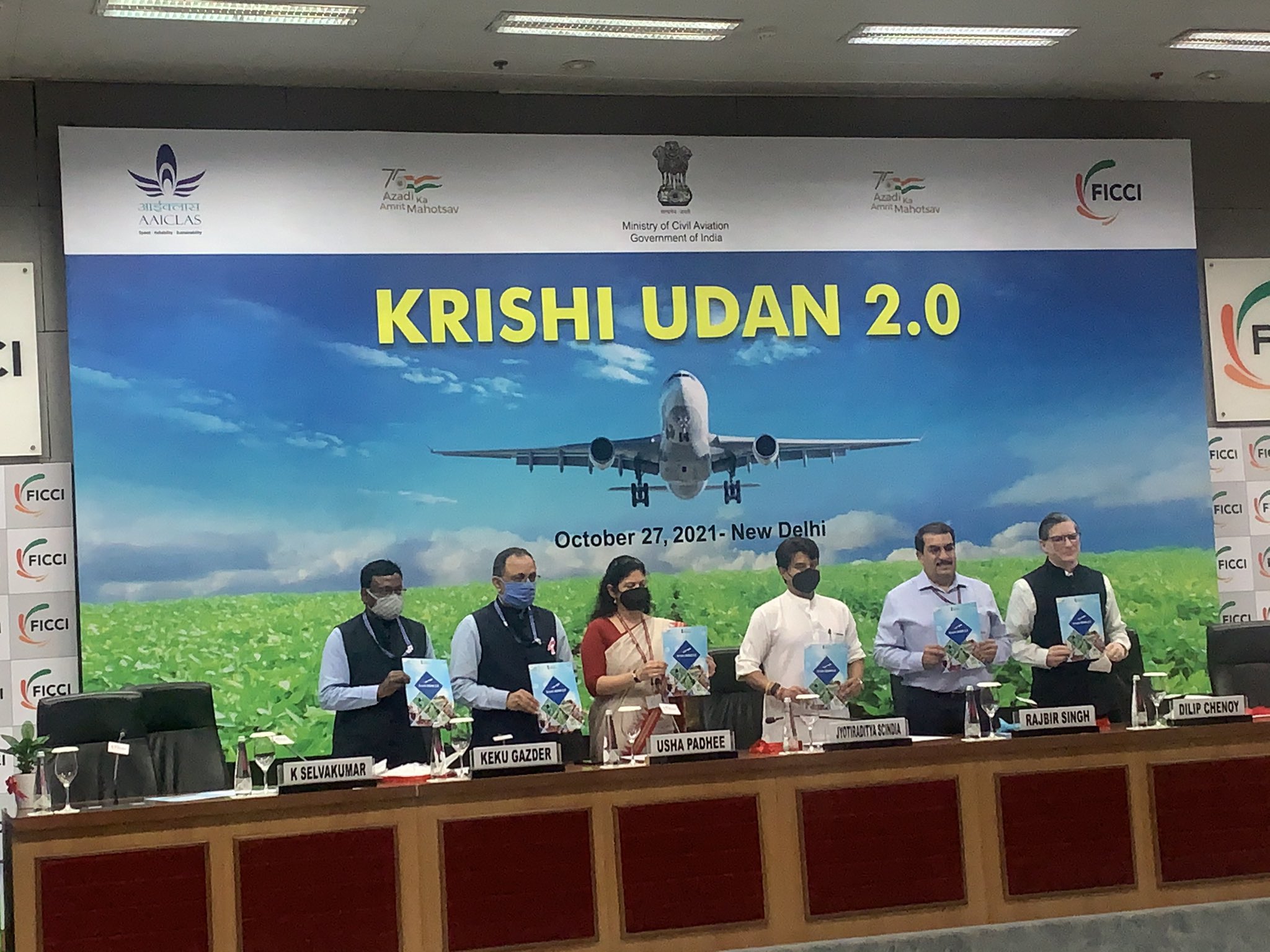
29 States covered under the Krishi Udan 2.0 Scheme
Krishi Udan Scheme 2.0 was announced on 27 October 2021 enhancing the existing provisions, mainly fo...
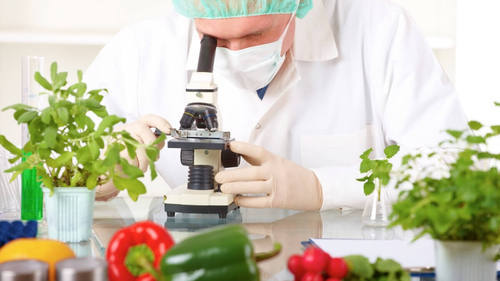
Testing Labs for Food Products
There are 726 Testing Laboratories for food products in the country as per study conducted by Minist...


